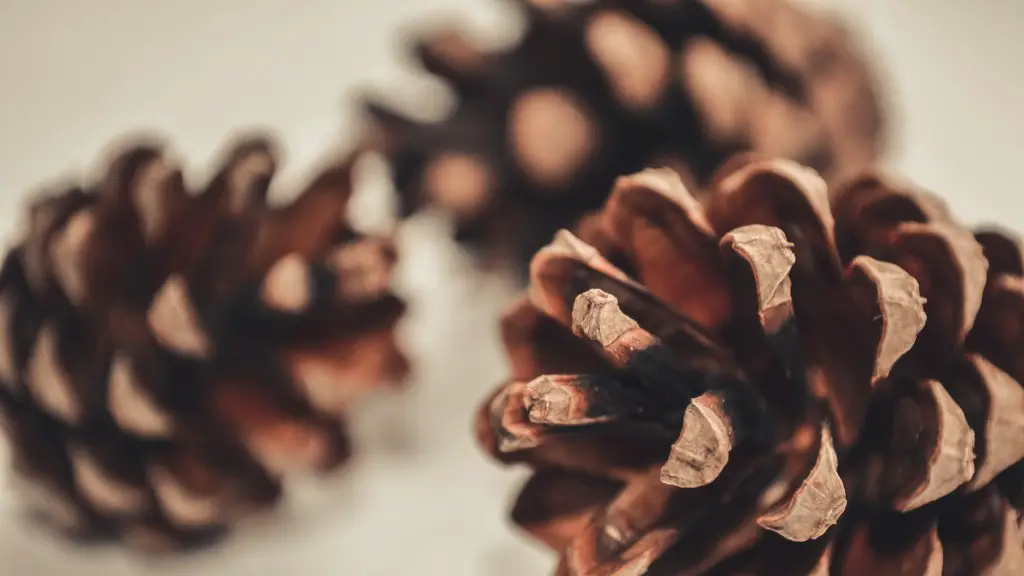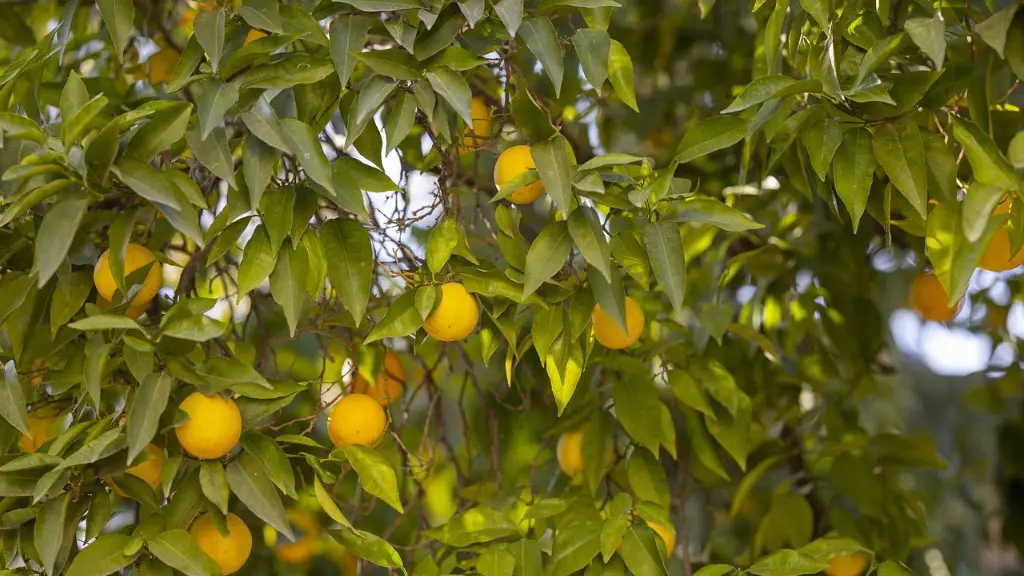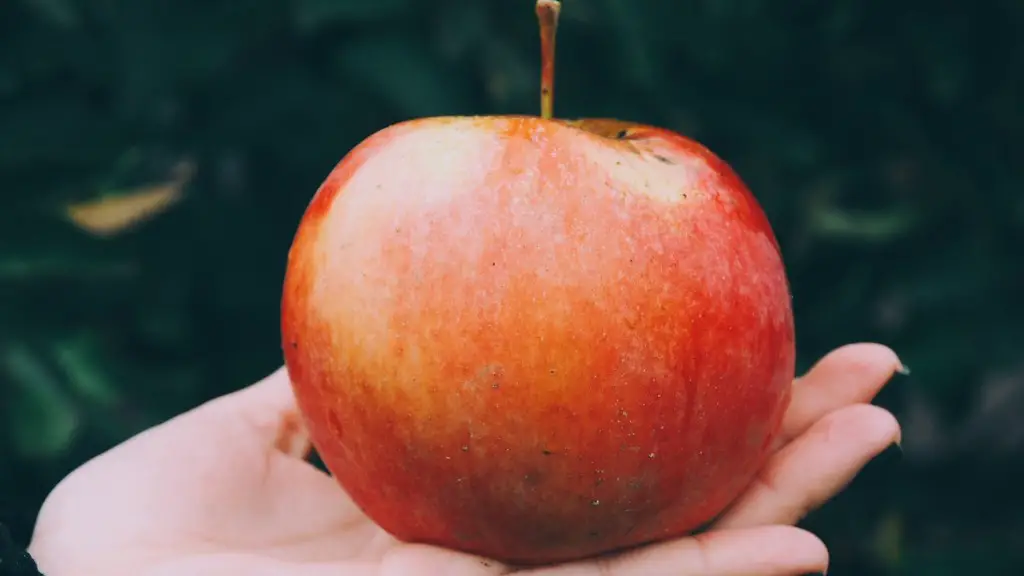Repotting a palm tree requires a special set of skills and the right tools for the job. This task should only be undertaken by a knowledgeable and experienced gardener. The goal of repotting a palm tree is to ensure adequate space and provide optimum soil conditions for the growth and development of this subtropical plant. When done correctly, repotting a palm tree can be a rewarding experience that results in a healthier, more vigorous plant.
Palm trees, which belong to the Arecaceae family, are usually grown indoors due to their inability to withstand cold weather. The soil of a palm tree is important to its health and growth, as it needs the right balance of nutrients and moisture. This can be difficult to maintain in a traditional potting mix. Therefore, it is essential to repot your palm tree in the correct kind of soil and potting container.
When it comes to repotting a palm tree, the first step is to choose the right size of pot. The pot should be one or two sizes larger than the existing pot in order to provide adequate space around the roots. Be sure to choose a pot with good drainage and a sturdy base, as this will help ensure that the plant remains upright and stable. It is also important to use a quality soil mix that is formulated for palm tree growth, as this enables the tree to access the necessary nutrients for healthy growth and provides an ideal level of moisture.
The next step is to carefully remove the palm tree from its existing pot. Gently loosen the root ball before lifting the tree out of its pot. Take care that you do not damage the tree’s roots in the process. Once the tree is removed, you need to inspect the roots to check for any signs of damage or stress. If possible, trim any dead or damaged roots before repotting in order to promote healthy growth.
After inspecting the roots, you should fill the new pot with the chosen soil. Place the palm tree in the pot and spread the root ball out evenly. Once the tree is settled in place, it should be firmly planted in the pot with the soil being lightly tamped down around it in order to ensure a proper fit. Add some more soil, if necessary, to ensure that the root ball is completely covered. Water the newly potted plant thoroughly and add additional soil as required in order to create a finished look.
It is important to remember that repotting a palm tree should be done with care and consideration. The process should be undertaken slowly and carefully, in order to ensure the health and wellbeing of the tree. Once the repotting is complete, be sure to provide the tree with adequate light and moisture in order to help it adjust to its new environment.
Aftercare
It is important to provide necessary care and attention to your newly potted palm tree. The tree will need extra water in order to adjust to its new home, making sure that the soil is moist but not soggy at all times. It is essential to water the plant deeply but not too often. Additionally, regular fertilization is needed in order to provide necessary nutrients to the tree and promote healthy growth.
Palm trees are sensitive to environmental changes and can be prone to disease if exposed to extreme conditions. Make sure to choose a spot for your potted tree that is shaded and away from direct sunlight, as this will help it thrive. Monitor the tree for any signs of pests or diseases, and take corrective action if needed.
Re-potting Frequency
In general, it is recommended to repot a palm tree every two to three years. This will ensure that the tree is not becoming rootbound and that the soil is providing an optimal level of nutrition to the plant. Before each repotting session, be sure to examine the condition of the root ball and assess any signs of stress or damage. If the roots appear to be healthy and vigorous, then proceed with the repotting.
It is important to avoid over-potting a healthy palm tree. This can lead to too much soil, leading to root rot and stunted growth. Always choose a pot size that is slightly larger than the existing one in order to provide enough space for growth and development. Additionally, it is essential to use a good quality soil mix suited to the palm tree’s needs, in order to ensure that the plant can access the necessary nutrients for healthy growth.
Tips and Tricks
When repotting a palm tree, it is important to handle the tree gently and carefully. Have everything you need for the job prepared in advance, including the new pot, soil, and tools. It is also recommended to place a layer of gravel at the base of the pot, in order to help with drainage. This can help prevent the soil from becoming waterlogged, which can lead to root rot.
It is also helpful to use slow-release fertilizer and soil conditioners in order to help the palm tree adjust to its new environment. These products can help the tree to better access the necessary nutrients, resulting in a healthy and vigorous growth. Additionally, it is important to provide the tree with adequate amounts of light and moisture for optimal growth.
Common Mistakes
When repotting a palm tree, it is important to use the right tools and supplies for the job. If the container is too small, the roots of the tree will become root-bound, leading to slow and stunted growth. Additionally, it is essential to use a soil mix specially formulated for palm trees, as this will provide the tree with the necessary nutrients and moisture.
It is also important to avoid overwatering and underwatering the palm tree. Too much water can lead to root rot, while not enough water can result in wilting and stress. Regular inspection of the tree is necessary in order to determine its water requirements and whether it is healthy and thriving. Lastly, it is important to choose a spot for your tree that is away from direct sunlight, as this can lead to sunburn and dryness.
Potential Problems
When repotting a palm tree, it is important to identify any potential problems in advance. It is important to inspect the tree for any signs of pests or diseases. Additionally, the roots should be checked for any stress or damage. If there are problems with the root ball, it is important to take corrective action before repotting the tree.
Palm trees are sensitive to changes in their environment, so it is important to provide adequate care. Make sure to monitor the tree for any signs of distress or illness. Additionally, it is important to be aware of the signs of over-watering and under-watering, as these can both lead to serious issues. If any problems are identified, it is essential to take corrective action as soon as possible in order to prevent further damage.
Summary
Repotting a palm tree can be a rewarding experience when done correctly. The goal is to ensure adequate space and soil conditions for optimal growth and development. In order to achieve this, it is important to choose the right size of pot and use a quality soil mix that is specially formulated for palm trees. Additionally, it is essential to provide the tree with the necessary care and attention in order to ensure its health and wellness. When done correctly, repotting a palm tree can result in a healthy and vigorous plant that thrives for years to come.




